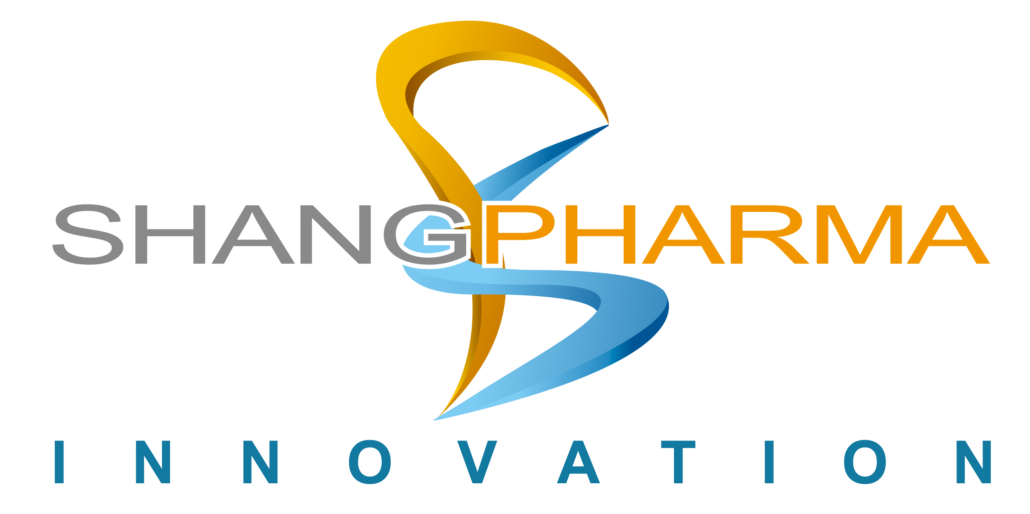BIO 2018: An energizing experience in life science competition
By David Spellmeyer, Ph.D.
If you’ve ever visited Tokyo, you’ve likely passed through the imposing Tokyo Station, a thriving hub of interconnecting commuter rail and subway lines. It’s fascinating to watch the flow of people at rush hour — every individual navigating the hallways with intent focus to ensure they catch their train on time. You see competition for space, but also cooperation so that everyone reaches their destination. Navigating Tokyo Station for the first time can be intimidating. But with a bit of experience (at least in my case), it can be an energizing endeavor.
For life science entrepreneurs entering the commercial landscape for the first time, the fast-approaching BIO International Convention often evokes a similar response. With 16,000+ people attending from biotech and pharma companies all over the world, it’s a massive display of how commerce and cutting-edge science unite. This year, it will be held in Boston from June 4-7.
Stepping onto BIO’s sprawling expo floor can be overwhelming for newcomers (in fact, even 20-year veterans admit to cringing at setting foot in the exhibit hall). But if you can survive the sensory overload, BIO will teach you many valuable lessons on what differentiation truly means in the life science industry. Take a deep breath and look around: This is your competition in all its glory.
The first thing you’ll notice is the sheer quantity and density of exhibitors. Early-stage companies often claim that their product is so unique that it has absolutely no competition. The BIO Exhibition begs to differ. This year, over 1,800 companies are featured, each one offering some differentiated product or skill. And yet, every company competes for budget dollars against all the others, at least indirectly. As different as your science may seem from the others, look hard enough and you will find other companies targeting your customers and the budgets you will compete for.
This lesson came through loud and clear at BIO 2017, where I helped mentor a group of California State University students and faculty as part of the NSF-funded CSUPERB I-Corps Bio-Entrepreneurship Workshop. This program aims to nudge (perhaps shove!) researchers from a laboratory focus to a commercial mindset. The teams set out to refine their product definitions and customer segments through the harsh reality of marketplace feedback. In the process, their timidity was replaced with confidence and directness.
One of the biggest takeaways for these budding entrepreneurs was the realization that decision-makers (customers) are actual individuals with purchasing authority — not some mythical beast (as in, “Big Pharma is my customer.”) Through many interviews, students realized they had to modify their approach to appeal to real people with bosses (reasonable and unreasonable), yearly objectives, professional motivations, and budgets that are set usually once per year in hard-fought contests. Think “middle manager.” These people are responsible for selling your idea to their boss.
BIO first-timers also will quickly learn that they’re not just competing for customers, but for funding dollars from public and private sources. BIO’s agenda is packed with presentations from over 200 companies at all stages of development. Attending these is a great way to experience first-hand what works and what doesn’t. I have seen some exceptional talks, both good and bad. For rapid-fire and blunt feedback on pitches, visit the Start-up Stadium. (BIO also provides a list of presenters with company URLs, which is a great resource.)
While some life science entrepreneurs go to BIO seeking a corporate partner, others are looking to connect with venture capital firms. Research has shown that venture investors tend to make decisions based on the team first and then the business opportunity. As an investment firm, ShangPharma Innovation expects the team to have realistic views on how their product is differentiated in the marketplace, including the size of the market opportunity and their role in that marketplace. Startups should be able to provide a clear, comprehensive description of the competitive landscape.
Investors also want to know how funds will be used to reach a value inflection point, such as proof-of-concept data. We want to see evidence of a business strategy that will lead to revenue. Not surprisingly, hammering out the details requires hard team work. There are no shortcuts.
BIO may be an intimidating place for newcomers, but it’s always a great place to investigate what it takes to differentiate your product in a highly competitive marketplace. Remember to take a big stack of business cards and wear comfy shoes!
If you can’t make it to BIO, seek out local connections. Find commercial advisors or Seed/Series A investors who can help you hone your commercial strategy. If you are fortunate to have secured a Phase II NIH SBIR/STTR grant, you can apply for the highly competitive NIH Commercialization Assistance Program.
David Spellmeyer, Ph.D., is a biotechnology executive with 25 years of broad experience in the life sciences industry. He is an executive-in-residence at ShangPharma Innovation. Read full bio
How Do Venture Capitalists Make Decisions?
National Bureau of Economic Research; Gompers, Paul, William Gornall, Steven N. Kaplan and Ilya A. Strebulaev
